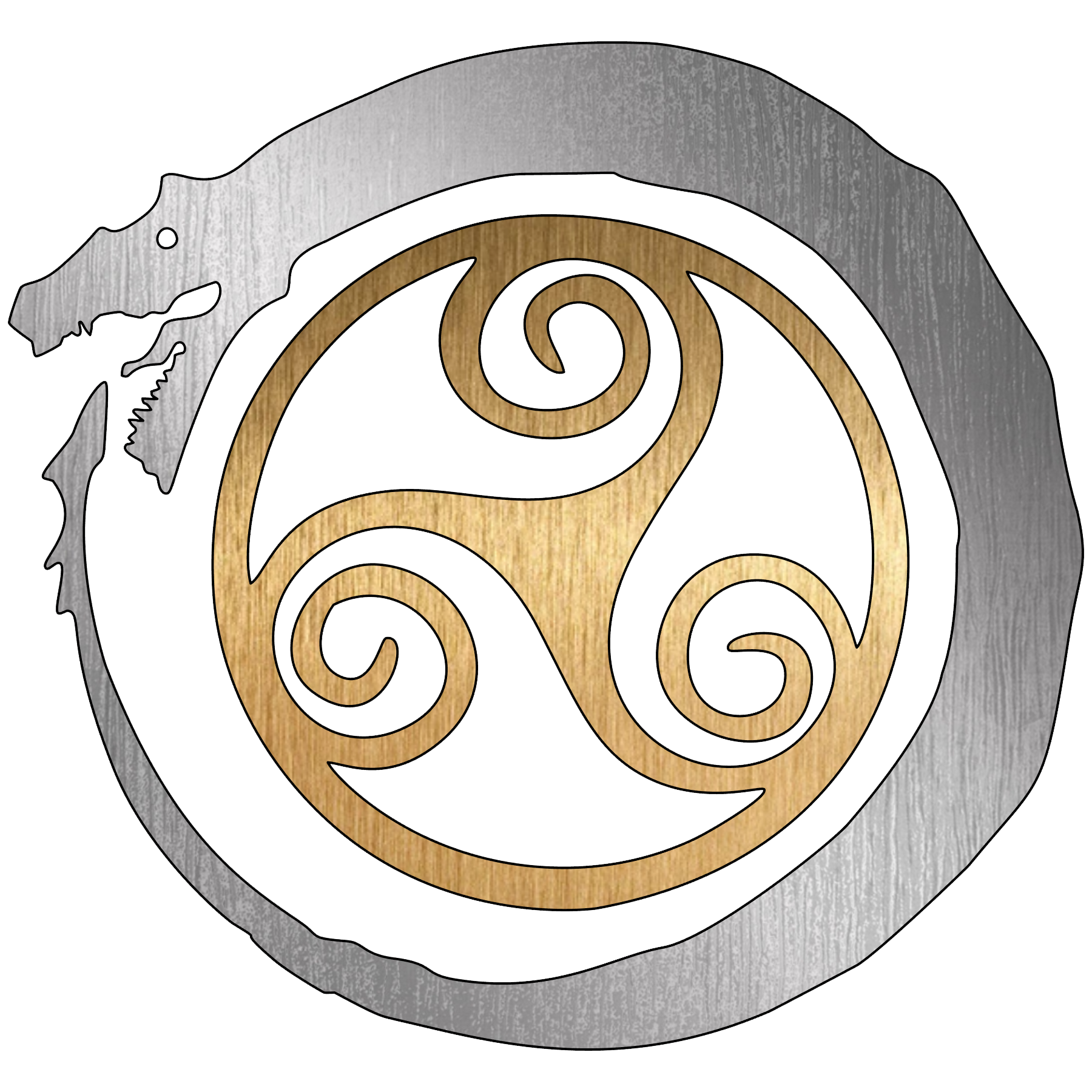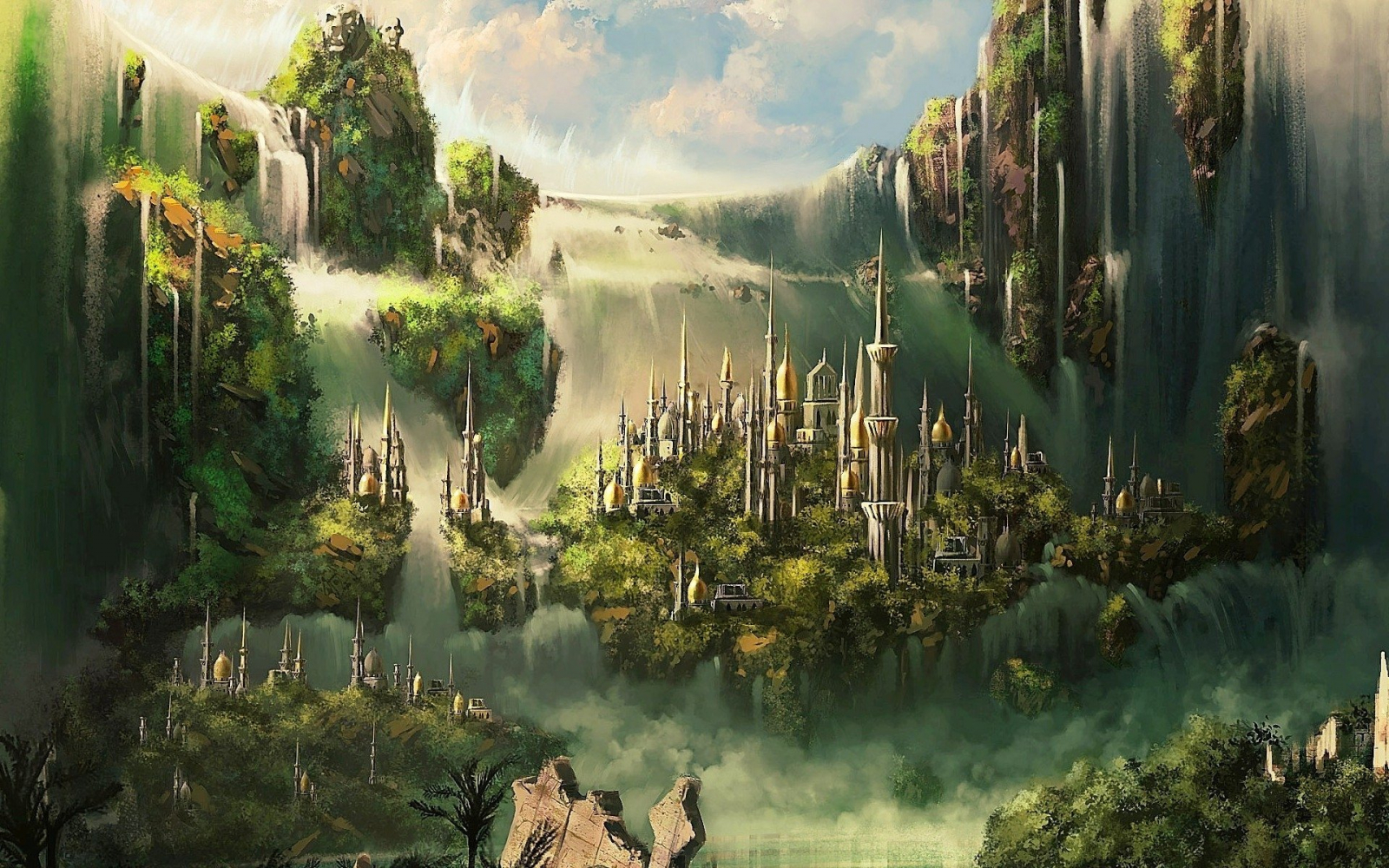Álfheimr (Old Norse: “Land of the Elves” or “Elfland”; anglicized as Alfheim), also called “Ljósálfheimr” (Ljósálf[a]heimr, “home of the Light Elves”), is home of the Light Elves, a class of demigod-like beings in the pre-Christian mythology and religion of the Norse and other Germanic peoples.
Álfheimr as an abode of the Elves is mentioned only twice in Old Norse texts.
The eddic poem Grímnismál describes twelve divine dwellings beginning in stanza 5 with:
Ýdalir call they the place where Ull
A hall for himself hath set;
And Álfheim the gods to Frey once gave
As a tooth-gift in ancient times.
A tooth-gift was a gift given to an infant on the cutting of the first tooth.
In the 12th century eddic prose Gylfaginning, Snorri Sturluson relates it as the first of a series of abodes in heaven. In the chapter, Gangleri (the king Gylfi in disguise) asks the enthroned figure of High what other “chief centres” there are in the heavens outside of the spring Urðarbrunnr. Gangleri responds that there are many fine places in heaven, including a place called Álfheimr (Old Norse ‘Elf Home’ or ‘Elf World’):
That which is called Álfheim is one, where dwell the peoples called ljósálfar [Light Elves]; but the dökkálfar [Dark Elves] dwell down in the earth, and they are unlike in appearance, but by far more unlike in nature. The Light-elves are fairer to look upon than the sun, but the Dark-elves are blacker than pitch.
The account later, in speaking of a hall in the Highest Heaven called Gimlé that shall survive when heaven and earth have died, explains:
It is said that another heaven is to the southward and upward of this one, and it is called Andlang [Andlangr ‘Endlong’] but the third heaven is yet above that, and it is called Vídbláin [Vídbláinn ‘Wide-blue’] and in that heaven we think this abode is. But we believe that none but Light-Elves inhabit these mansions now.
It is not indicated whether these heavens are identical to Álfheim or distinct. Some texts read Vindbláin (Vindbláinn ‘Wind-blue’) instead of Vídbláin.
Modern commentators speculate (or sometimes state as fact) that Álfheim was one of the nine worlds (heima) mentioned in stanza 2 of the eddic poem Völuspá.
There occurs an additional mention of the dökkálfar in the late Old Norse poem Hrafnagaldr Óðins (“Odin’s Raven-galdr”), stanza 25:
Gýgjur og þursar, náir, dvergar og dökkálfar gengu til rekkju nyrðra í jöður jörmungrundar und yztu rót aðalþollar.
Trollwives and giants, corpses, dwarves and dark-elves went to bed further north on the edge of the mighty earth under the outermost root of the foremost tree (Yggdrasill).
Alfheim is never described in the sources that form the basis of our current knowledge of Heathen Germanic religion, but is rather merely mentioned in passing in a few places. However, the elves are described as being luminous and “more beautiful than the sun,” so we may suppose that their homeland was a gracious realm of light and beauty.
The Vanir god Freyr is said to be the ruler of Alfheim , suggesting a deep association with the magic of the Vanir gods. Scholars have long puzzled over what to make of this, and no wholly satisfactory conclusions have been put forth. The relationship between the elves and the Vanir is highly ambiguous and involves considerable overlap between the two groups. Freyr’s position as lord of Alfheim, therefore, while hard to interpret with much precision, shouldn’t be entirely surprising.

